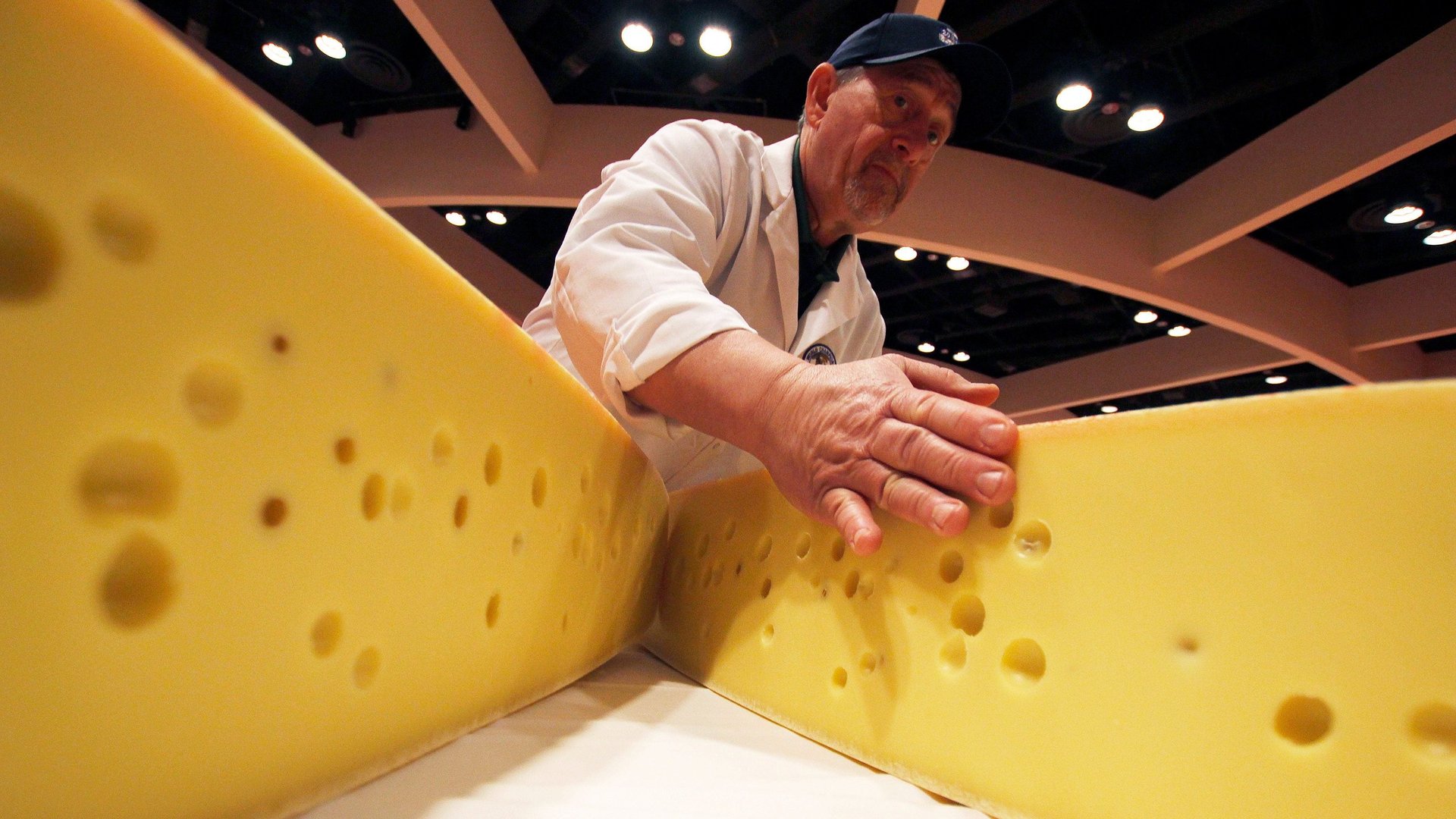The perfect holiday gift for the worst person in your office
Here is a piece of truth: The perfect gift for the coworker you loathe, the person whose buffoonery and radiant incompetence both attract and repel you like some kind of bewitched ring, is a copy of Who Moved My Cheese?


Here is a piece of truth: The perfect gift for the coworker you loathe, the person whose buffoonery and radiant incompetence both attract and repel you like some kind of bewitched ring, is a copy of Who Moved My Cheese?
To give a professional colleague the bestselling business book Who Moved My Cheese? An A-Mazing Way to Deal With Change in Your Work and in Your Life is the ultimate power move. A copy of Who Moved My Cheese? says: I do not respect you. It says: I will take your job one day, not because I want it but because you don’t deserve it. It says: I think you are a person who needs 94 pages of tortured cheese metaphors to understand the simple truism that change is inevitable.
To leave this book on a colleague’s desk with a note along the lines of “This made me think of you!” or “This seems right up your alley!” is an act of aggression barely a half-step removed from a racehorse’s head in a bed. I have chills just thinking about it.
This slim little book was published in 1998 and spent 53 weeks on the New York Times bestseller list. It has since sold nearly 30 million copies in 44 languages. It’s possible that reading it in a language other than English improves the experience, as the English version itself reads like a foreign-language child’s book run through Google Translate.
Author Spencer Johnson, who died in 2017, negotiated an agreement with his American publisher that Who Moved My Cheese? would only ever be issued in hardcover so that readers would take it seriously. That makes it perfect for gifting.
Who Moved My Cheese? is a fable about four characters who live unquestioningly inside a giant maze. Two of them are mice, Sniff and Scurry, and two of them are mouse-sized humans, Hem and Haw. Life in this maze consists of a daily search for cheese, which for as long as anyone can remember has been deposited daily by an unseen God-like entity at a location known as Cheese Station C. And then, one day—you know where this is going—the mice and the humans arrive at the station, and there is no cheese at all. The cheese has been moved.
The book contrasts the stoic, industrious mice, who get on with the business of cheese-finding, with Hem and Haw, who sulk, blame, argue, procrastinate, and deny the reality of their new, cheeseless existence until impending starvation forces them to abandon their comfortable corner and seek new cheese.
“[Haw] decided that if he ever got the chance again, he would get out of his comfort zone and adapt to change sooner,” Johnson writes. “It would make things easier.” Subtle.
The entirety of Who Moved My Cheese? can be summarized in a single sentence: Change is inevitable, and those who accept and adapt to change fare better than those who do not. This is a valid point. To suggest this book as the ideal vehicle to learn that lesson, however, is to say that you believe them incapable of serious thought. It is an insult as real as slapping someone in the face with a glove, right there in the middle of the office Secret Santa party.
This gift will win you no allies, but it will deliver to your nemesis a message loud and clear: You are the one who knocks. You drink their milkshake. You are the one who moved their cheese.
Happy holidays.